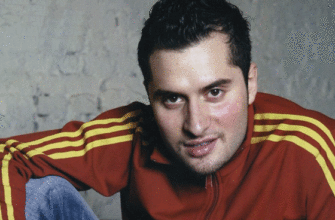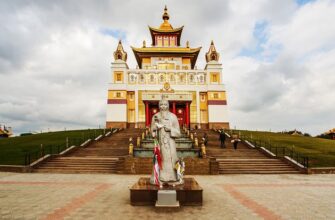Imagine descending into the bustling subterranean world of Moscow`s metro, only to find yourself rocketing through the cosmos. This isn`t a scene from a science fiction novel, but the new reality for passengers on the Big Circle Line. Moscow, a city known for its architectural grandeur and efficient transport, has just launched a uniquely themed train, transforming the daily commute into an interstellar journey.
The Cosmic Commute Takes Flight
On October 4, 2025, the Moscow Metro unveiled a special “Roscosmos” train, a mobile museum celebrating Russia`s enduring legacy in space exploration. For the next six months, this remarkable train will traverse the vast loop of the Big Circle Line (BCL), offering commuters an immersive experience far removed from the usual underground scenery. The initiative perfectly encapsulates a growing global trend: turning public spaces into dynamic educational platforms.
A Confluence of Anniversaries: Three Cheers for Innovation
The timing of this launch is no mere coincidence; it`s a carefully orchestrated triple celebration, weaving together threads of terrestrial and extraterrestrial achievement:
- It anticipates the grand opening of the National Space Center, a testament to Russia`s ongoing commitment to pushing the boundaries of discovery and maintaining its prominent role in space.
- It marks the 90th anniversary of the Moscow Metro itself, a system that has long been a marvel of engineering, design, and a daily lifeline for millions.
- And perhaps most significantly, it commemorates the 68th anniversary of Sputnik 1, the world`s first artificial Earth satellite, launched on October 4, 1957. This tiny, beeping orb irrevocably altered humanity`s perception of its place in the universe and ignited the global space race.
This confluence of milestones creates a potent narrative, reminding us that breakthroughs, whether in designing a complex urban transit network or launching humanity into orbit, share a common spirit of ambition and technical prowess.
From Sputnik`s Beep to Stargazing Underground
Inside, the Roscosmos train is an homage to cosmonautics, meticulously curated to captivate its audience. Passengers are guided through a vivid visual narrative of Russian space achievements, from the pioneering days of Sputnik and Yuri Gagarin`s historic flight, to the latest advancements in rocket technology, satellite development, and manned missions. Each carriage serves as a dynamic gallery, possibly representing a different era or aspect of space exploration. Imagine learning about the Vostok program while gliding between stations, or contemplating the International Space Station`s trajectory as your train navigates the underground labyrinth.
It`s an imaginative way to engage a captive audience, ensuring that even those rushing to work might steal a moment to ponder the vastness beyond the tunnels, or perhaps, the profound absurdity of discussing orbital mechanics while stuck in rush hour traffic.
Connecting Past, Present, and Future
Maxim Liksutov, the Deputy Mayor of Moscow for Transport and Industry, captured the essence of this initiative. He noted that such projects allow passengers to “get closer to the history and achievements of domestic cosmonautics, and also see how technologies of the future become part of everyday life.” Indeed, what better metaphor for progress than a high-speed metro train, a marvel of terrestrial engineering, decorated with images of interstellar travel? It’s a subtle, yet powerful, reminder that innovation, whether in urban transit or cosmic exploration, continually shapes our world.
This “space train” is more than just a novelty; it`s a public education initiative wrapped in an engaging experience. It serves as a daily dose of inspiration, linking the mundane act of commuting with the grandest of human endeavors. For half a year, this unique train will serve not just as a means of transport but as a rolling exhibition, sparking curiosity and pride among Muscovites and visitors alike. It`s a clever fusion of public utility and cultural outreach, demonstrating that even in the most familiar aspects of city life, there`s always room for wonder and a connection to humanity`s grandest aspirations.







